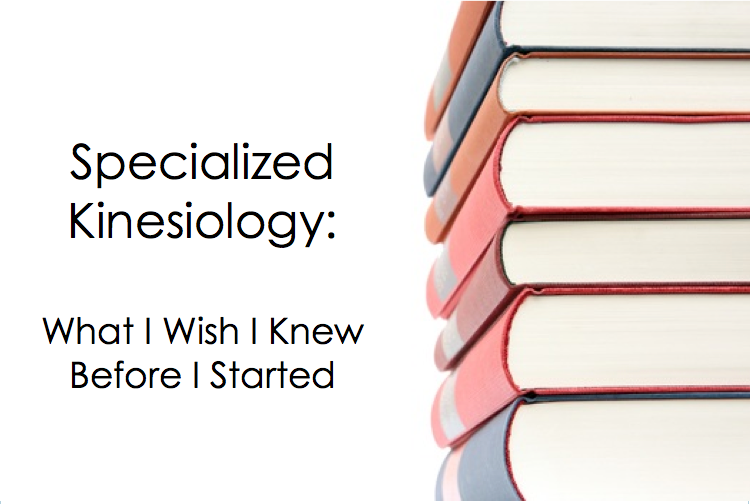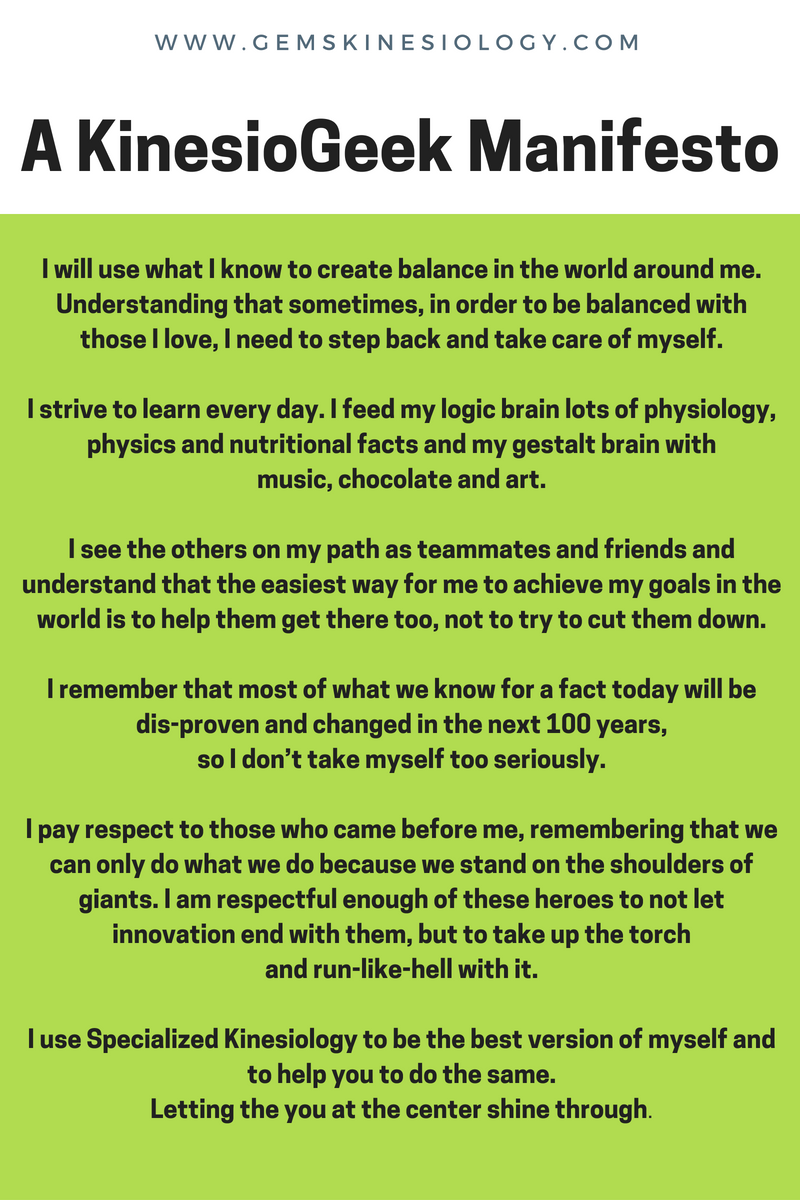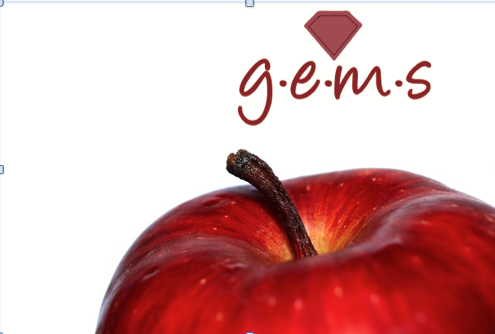Emotional Processing in the Triune Brain; Taming the Lizard when Life gets Crazy
By Alexis Costello

Image: From The Amazing Spiderman
This is my conference journal paper for the upcoming Kinesiology Federation conference in Oxford, UK – I wanted to share the protocol with everyone and hear how it is working for you! Get in touch and let me know.
You’ve heard of the Reptilian, Limbic and Neo-cortical sections of the brain. Each of these process emotions, but they do it differently with wildly different results. In order to thrive in our modern jungle, we need to utilize the survival strategies of the lizard brain without allowing it to dominate our physiology. Specialized Kinesiology can give us the skills to bring balance to these processing centres and facilitate vertical integration so we can keep cool when life gets too hot.
We understand now more than ever about brain ‘plasticity’ and the fact that areas can take over functions in order to compensate, for example if there has been an injury or trauma that has kept one area from fulfilling its’ usual role. We are going to be discussing the 3 sections of the brain, but we are looking at these in a more general function sense, not getting into the precise anatomy, but looking at the ability to process emotion and make sense of the human experience.
Each section of the brain processes emotional information and each section is also supposed to exert a modulating influence on the one that came before. We can review the triune brain quickly and then spend some more time considering what we can do to bring it into balance, so we can meet the challenges of today’s world in the best possible way.
Reptilian: Your inner toddler.
You want it, and you want it now. The reptilian part of your brain is only concerned with survival. Sensory data is scanned for threats and we react accordingly. This kind of immediate reaction keeps us alive.
When you are ‘triggered’ and are experiencing mood swings, or nervousness; when your adrenals are feeling tanked or when you are distracted, these are times when your Reptilian brain is more likely to be the one calling the shots.
It is the reptilian brain via the nervous system that has control over how you experience your emotions in the physical body.
Limbic: Your inner teenager.
You want it, BUT… This is the part of our brain that is found in mammals. Basically, it allows us to live in groups without eating each other. It is the place where the subcortical structures meet the cerebral cortex and is described as ‘lower order emotional processing’. The limbic brain is the place where we truly assign emotional response to incoming stimuli. It is where we process our ‘everyday emotions’. The limbic system is a perfect example of what I was saying before about the anatomical structures being less clearly defined than we thought at one point in time, there is some debate about which parts of the brain make up the limbic system and exactly what the function of each of these parts is. The boundaries of what is considered to be the limbic system have been redefined several times.
This is the site of the oft-vilified amygdala. The amygdala is involved in what is called episodic autobiographical memory (EAM Networks). The amygdala helps us to define stimuli. So yes, it does have to do with fear and with our response to things that scare us, and it does help us to lock these things into our memories, but it helps us to define and remember good things too – in truth, this is where we experience the inner biography, the story of our lives.
Neocortex: Your inner Vulcan.
You want it but can reflect on it as a concept. This is where we process thoughts and feelings about feelings. It’s where we can employ higher reasoning to mitigate our emotions. Or we can also use our logic skills to justify our emotions and behaviour, masking the fact that these are not coming from a place of reason at all but a place of fear.
The amygdala is heavily wired to the cortex and this can explain why people respond to ‘emotional triggers’ differently. Remember that the amygdala helps us to define stimulus and plays a role in memory. When we encounter a situation in our lives, the amygdala looks to see ‘what does this remind us of?’ and it matches whatever is happening now to what happened before and this to a large degree colours how we are going to feel about it. The cortex however is largely blind to what is going on behind it. It knows that you are feeling angry or fearful but it doesn’t always understand why, so sometimes at this point it will create a narrative for you to justify the feeling. Or, if you are well-balanced, at this point you might be able to step back and realize 1) that you are feeling something uncomfortable, 2) that it’s ok for you to be feeling that way but that you now have to consciously decide how you are going to act on that feeling.
Sometimes that is all it takes to get the brain and chemistry out of panic-mode.
Now, it is easy to begin thinking of some of these centres as intrinsically ‘good’ and some as ‘bad’, but the point is for there to be balance between the three aspects. They need to be integrated. For example, you want the neocortex to modulate your emotional response so that you don’t react to stimuli with blind rage, but you don’t want to become an emotionless robot, or your relationships are going to suffer, and you will miss out on much of the joy and colour of life.
But how do we go about actually working with this so that we can be responding appropriately with the ‘right’ section of our brains? In SIPS we do this with specific acupoints that pinpoint the frequency of the stress, but it is important for people who aren’t working with that as a modality to be comfortable checking such things as well, so how do we go about that? It seems to me that there are two parts to this, the first is determining what the stuck or blocked emotion is and the second is determining which part of the brain is being blocked or experiencing the stress. If you happen to already be working with LEAP or SIPS or Brain Formatting then you already have a specific combination of modes and points that allow you to access the exact area of the brain that you want to talk to, but if you don’t you still have options. It is common knowledge that organ mode to CV 24 is an indicator for the brain as a unit. If you were to combine brain as an organ with the mode for emotional stress and put that into circuit as a format while using an indicator muscle that relates specifically to either CV or GV, that should give you an indication if this is a priority.
Here is a protocol for you to try out. It combines hand modes with indicator muscles for CV and GV; then has you figuring out the stuck emotion, the place where it is stuck and the level of stress being experienced. That is much more powerful than simply noticing that an IM changes when we tell the client to think of something stressful! This gives us something tangible to work with!
“Every stress leaves an indelible scar, and the organism pays for its survival after a stressful situation by becoming a little older.”
Hans Selye (1907-1982)
Now that we understand the precise flavour of the stress, we can ask the body for it’s preferred balancing technique to change the dynamic. Here I am suggesting a correction technique using light based out of Applied Kinesiology and 3in1 Concepts.
- Put your goal into circuit
- Enter Organ Mode x CV 24 and Emotion Mode into circuit – PL
- Check indicator muscles for CV and GV* (CV: Supraspinatus, anterior deltoid, pectoralis major sternal tendon / GV: Teres major, upper trapezius) – PL IC
- Find the indicated emotion and scan for intensity – PL IC
- Check for which aspect of the triune brain is stuck, either by making contact with the base, side and front of the skull or by verbally challenging – add into circuit
- GAS verbal challenge: Alarm? Resistance? Exhaustion? – PL IC
- Correction: hold light against pineal point while the client thinks about the stuck emotion – continue until you get an IC. Hold light against the pineal point while they infuse the positive emotion or affirmation – continue until you get an IC
- Recheck muscles and emotions
- Permission to close circuit
*Note: the muscles being used as indicators for CV and GV here are some of those taught in Wellness Kinesiology. While there are other muscles that can be indicators for these meridians, I have selected these ones for their ease of testing when standing and their familiarity for TFH students.
Tame the lizard, balance the brain, conquer the world. Repeat as needed.



